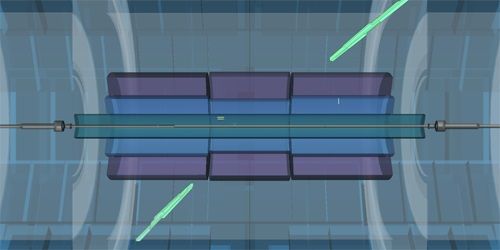
A long-standing controversy in neuroscience centers on a simple question: How do neurons in the brain share information? Sure, it’s well-known that neurons are wired together by synapses and that when one of them fires, it sends an electrical signal to other neurons connected to it. But that simple model leaves a lot of unanswered questions—for example, where exactly in neurons’ firing is information stored? Resolving these questions could help us understand the physical nature of a thought.
Two theories attempt to explain how neurons encode information: the rate code model and the temporal code model. In the rate code model, the rate at which neurons fire is the key feature. Count the number of spikes in a certain time interval, and that number gives you the information. In the temporal code model, the relative timing between firings matters more—information is stored in the specific pattern of intervals between spikes, vaguely like Morse code. But the temporal code model faces a difficult question: If a gap is “longer” or “shorter,” it has to be longer or shorter relative to something. For the temporal code model to work, the brain needs to have a kind of metronome, a steady beat to allow the gaps between firings to hold meaning.
Every computer has an internal clock to synchronize its activities across different chips. If the temporal code model is right, the brain should have something similar. Some neuroscientists posit that the clock is in the gamma rhythm, a semiregular oscillation of brain waves. But it doesn’t stay consistent. It can speed up or slow down depending on what a person experiences, such as a bright light. Such a fickle clock didn’t seem like the full story for how neurons synchronize their signals, leading to ardent disagreements in the field about whether the gamma rhythm meant anything at all.








 The Tunnel Circuit of the
The Tunnel Circuit of the 








